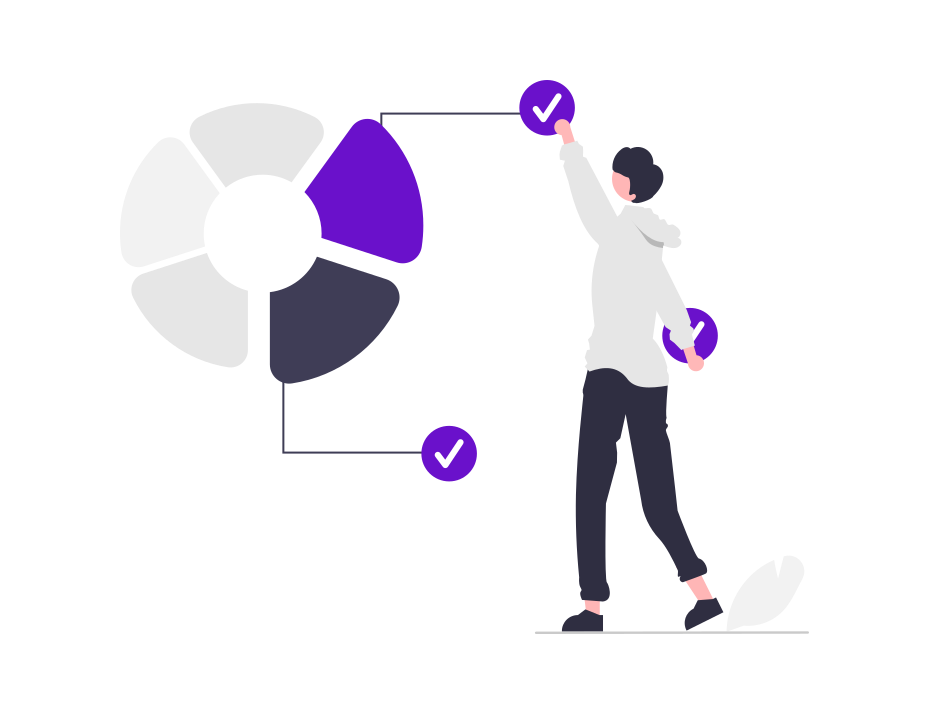In the realm of Account-Based Marketing (ABM), industrial segmentation has emerged as a powerful strategy for maximizing engagement and driving revenue growth. By focusing marketing efforts on specific industries, businesses can tailor their campaigns to meet the unique needs and challenges of each sector, resulting in more meaningful interactions and higher conversion rates. This blog will delve into the concept of industrial segmentation in ABM, its benefits, and how to implement it effectively.
Understanding Industrial Segmentation
Industrial segmentation involves dividing a broader market into distinct groups based on industry-specific characteristics. This approach allows marketers to create highly targeted campaigns that resonate with the unique needs, pain points, and goals of businesses within a particular industry.
Key Elements of Industrial Segmentation:
- Industry Characteristics: Identifying the unique attributes of each industry, such as regulatory requirements, common challenges, and technological adoption.
- Customer Needs: Understanding the specific needs and pain points of businesses within each industry.
- Buyer Personas: Developing detailed buyer personas that reflect the typical decision-makers and influencers in each sector.
Benefits of Industrial Segmentation in ABM
1. Enhanced Personalization: Industrial segmentation enables marketers to craft personalized messages and solutions that directly address the specific needs of an industry. This level of personalization can significantly improve engagement and response rates.
2. Improved ROI: Targeted campaigns tend to be more effective, leading to higher conversion rates and better return on investment (ROI). By focusing resources on high-potential industries, businesses can achieve more with less.
3. Efficient Resource Allocation: Segmentation allows for more efficient allocation of marketing resources. Instead of spreading efforts thin across a broad market, marketers can concentrate on industries that offer the highest potential for growth.
4. Better Alignment with Sales: Industrial segmentation fosters better alignment between marketing and sales teams. With a clear understanding of target industries, both teams can work together to develop strategies and tactics that drive conversions.
Implementing Industrial Segmentation in ABM
1. Data Collection and Analysis: The first step in implementing industrial segmentation is gathering and analyzing data to identify high-potential industries. This data can come from various sources, including CRM systems, market research reports, and customer feedback.
2. Developing Industry-Specific Content: Once target industries are identified, marketers should create industry-specific content that addresses the unique challenges and needs of each sector. This includes blog posts, case studies, whitepapers, and webinars tailored to industry audiences.
3. Customized Campaigns: Designing customized campaigns for each industry is crucial. This involves tailoring messaging, offers, and outreach strategies to resonate with industry-specific buyer personas.
4. Leveraging Technology: Utilizing advanced marketing technologies, such as AI-powered analytics and automation tools, can enhance the effectiveness of industrial segmentation. These technologies can help identify trends, optimize campaigns, and track performance.
5. Continuous Optimization: Industrial segmentation is not a one-time effort but an ongoing process. Marketers should continuously monitor campaign performance, gather feedback, and refine their strategies to ensure they remain relevant and effective.
Case Study: Successful Industrial Segmentation in ABM
Company X's Approach: Company X, a provider of advanced manufacturing solutions, implemented industrial segmentation as part of their ABM strategy. By focusing on the automotive, aerospace, and electronics industries, they were able to tailor their messaging and solutions to address the specific needs of each sector.
Results:
- Automotive Industry: Personalized campaigns highlighting the efficiency and precision of their solutions led to a 30% increase in lead conversions.
- Aerospace Industry: Targeted content addressing regulatory compliance and innovation resulted in a 25% growth in new customer acquisitions.
- Electronics Industry: Focused outreach and industry-specific webinars boosted engagement rates by 40%.
Conclusion
Industrial segmentation in Account-Based Marketing is a strategic approach that allows businesses to target specific industries with personalized, relevant campaigns. By understanding and addressing the unique needs of each industry, marketers can enhance engagement, improve ROI, and drive significant business growth. Implementing this approach requires careful data analysis, content development, and continuous optimization, but the results can be transformative for any ABM strategy.


